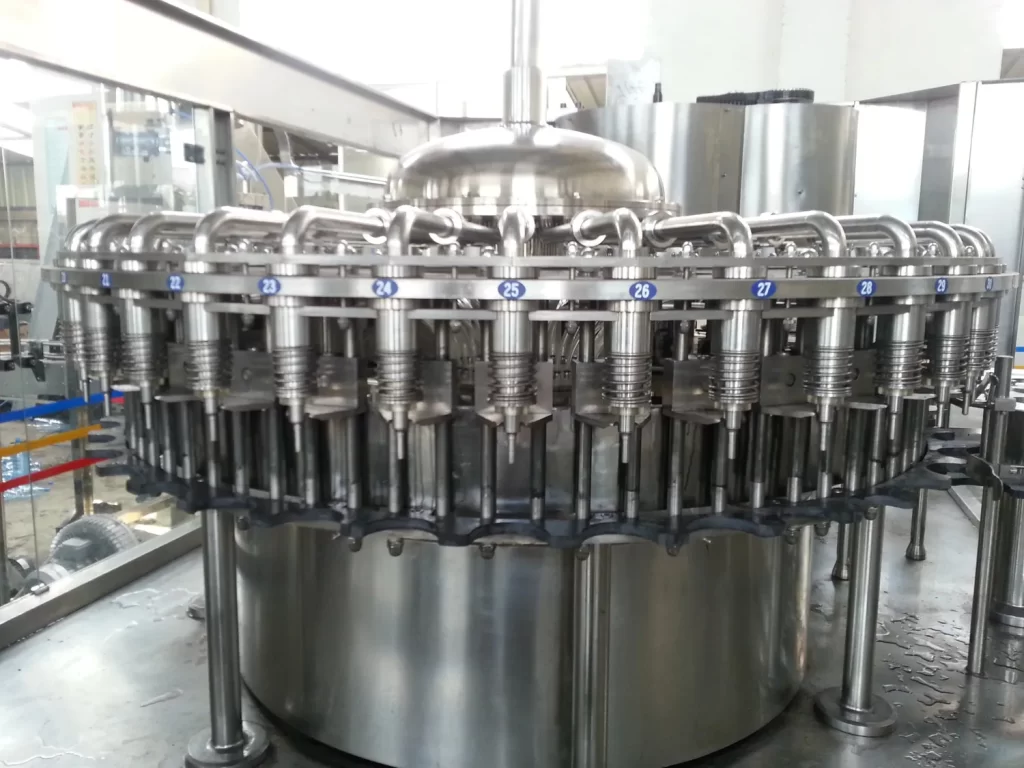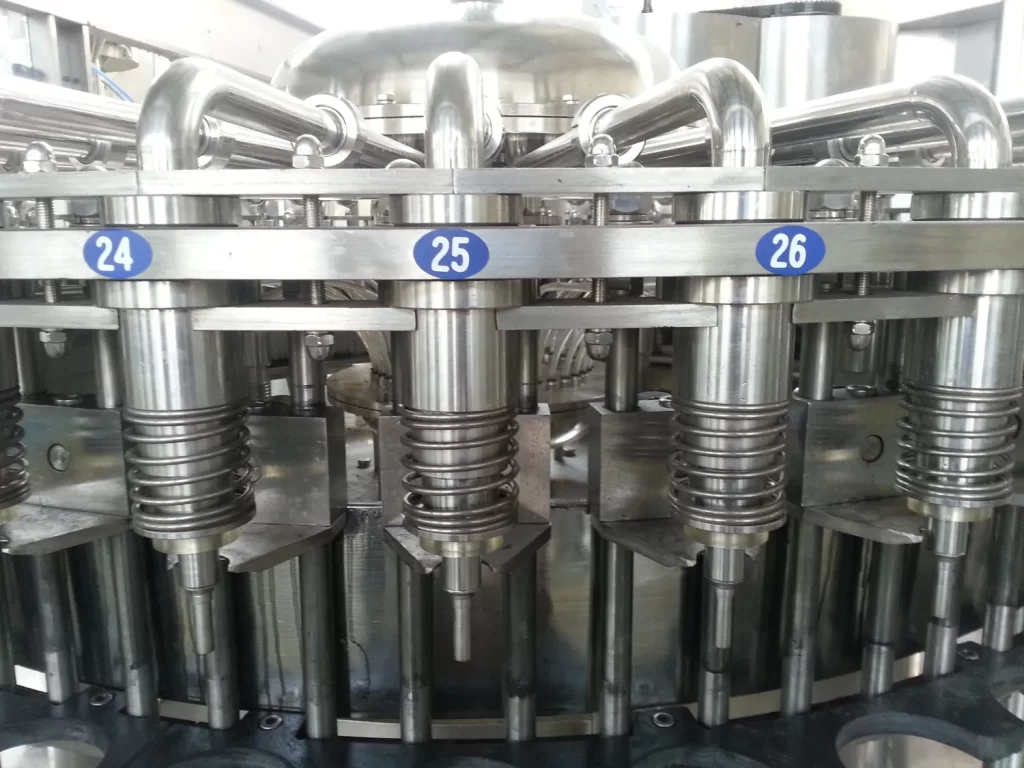In the packaged drinking water industry, the filling machine is one of the most critical components of a mineral water plant. Whether you are setting up a small-scale plant or a large industrial facility, the type, capacity, and technology of your mineral water filling machine can make or break your operations. As an experienced mineral water plant manufacturer, Metson Machine often guide clients in selecting the right machine for their specific needs.
Why Filling Machines Are Critical
Even the purest, most purified water loses its value if it isn’t bottled efficiently and hygienically. Filling machines:
-
Ensure consistent volume in every bottle
-
Reduce human contact, maintaining hygiene
-
Increase production speed without compromising quality
-
Minimize wastage and spillage
Choosing the wrong type of filling machine can lead to operational bottlenecks, increased costs, and quality issues.
Small-Scale Mineral Water Plants
Small plants are ideal for startups, local distribution, or niche markets. Their filling machine requirements differ from large plants in terms of:
Features of Small Plant Filling Machines
-
Capacity: Typically 500–5,000 bottles per day
-
Operation: Semi-automatic or low-volume automatic
-
Footprint: Compact, can fit in smaller plants with limited space
-
Cost: Lower upfront investment (₹2 lakh – ₹10 lakh depending on capacity and automation)
Advantages
-
Affordable for startups
-
Easier to maintain
-
Can be upgraded to higher capacity later
Example: A small 2,000-liter per day plant may use a semi-automatic 3-in-1 filling machine (bottle washing, filling, capping) with manual monitoring. This setup ensures hygiene while keeping costs low.
Large-Scale Mineral Water Plants
Large plants cater to city-wide distribution, hotels, resorts, and commercial clients. They require high-capacity filling machines to meet demand efficiently.
Features of Large Plant Filling Machines
-
Capacity: 10,000–100,000+ bottles per day
-
Operation: Fully automatic with PLC control
-
Footprint: Larger space required, often integrated into automated production lines
-
Cost: Higher upfront investment (₹15 lakh – ₹50 lakh or more depending on capacity and features)
Advantages
-
High-speed production
-
Minimal manual intervention
-
Integrated monitoring for quality and volume consistency
-
Suitable for multi-bottle sizes and advanced packaging
Example: A 50,000-liter per day plant serving hotels and multiplexes might use a fully automatic 12-in-1 filling machine, capable of washing, filling, capping, and labeling at high speed, with sensors ensuring zero spillage.
Key Differences Between Small and Large Plant Filling Machines
| Feature | Small Plant | Large Plant |
|---|---|---|
| Capacity | 500–5,000 bottles/day | 10,000–100,000+ bottles/day |
| Operation | Semi-automatic | Fully automatic, PLC-controlled |
| Footprint | Compact | Requires significant space |
| Cost | ₹2–10 lakh | ₹15–50 lakh+ |
| Maintenance | Easier, low-cost | Complex, requires skilled operators |
| Upgradeability | Can upgrade to larger units | Usually modular high-capacity lines |
| Production Speed | Slow to moderate | High-speed, continuous operation |
Choosing the Right Filling Machine: A Manufacturer’s Perspective
-
Understand Your Daily Production Volume: Avoid overspending on high-capacity machines if your plant is small.
-
Consider Automation vs. Manual Control: Semi-automatic machines are ideal for startups; fully automatic for large commercial operations.
-
Plan for Expansion: Small plants can often upgrade to modular filling machines as demand grows.
-
Check Compliance: Ensure the machine is compatible with BIS and FSSAI standards.
-
Maintenance and Service: Always choose machines from manufacturers who provide long-term support.
Final Thoughts
Filling machines are the heart of any mineral water plant, whether small or large. Selecting the right machine ensures hygiene, efficiency, and consistent water quality. As a mineral water plant manufacturer, we guide our clients through the process, helping them choose the perfect filling machine for their plant size, production goals, and budget.



